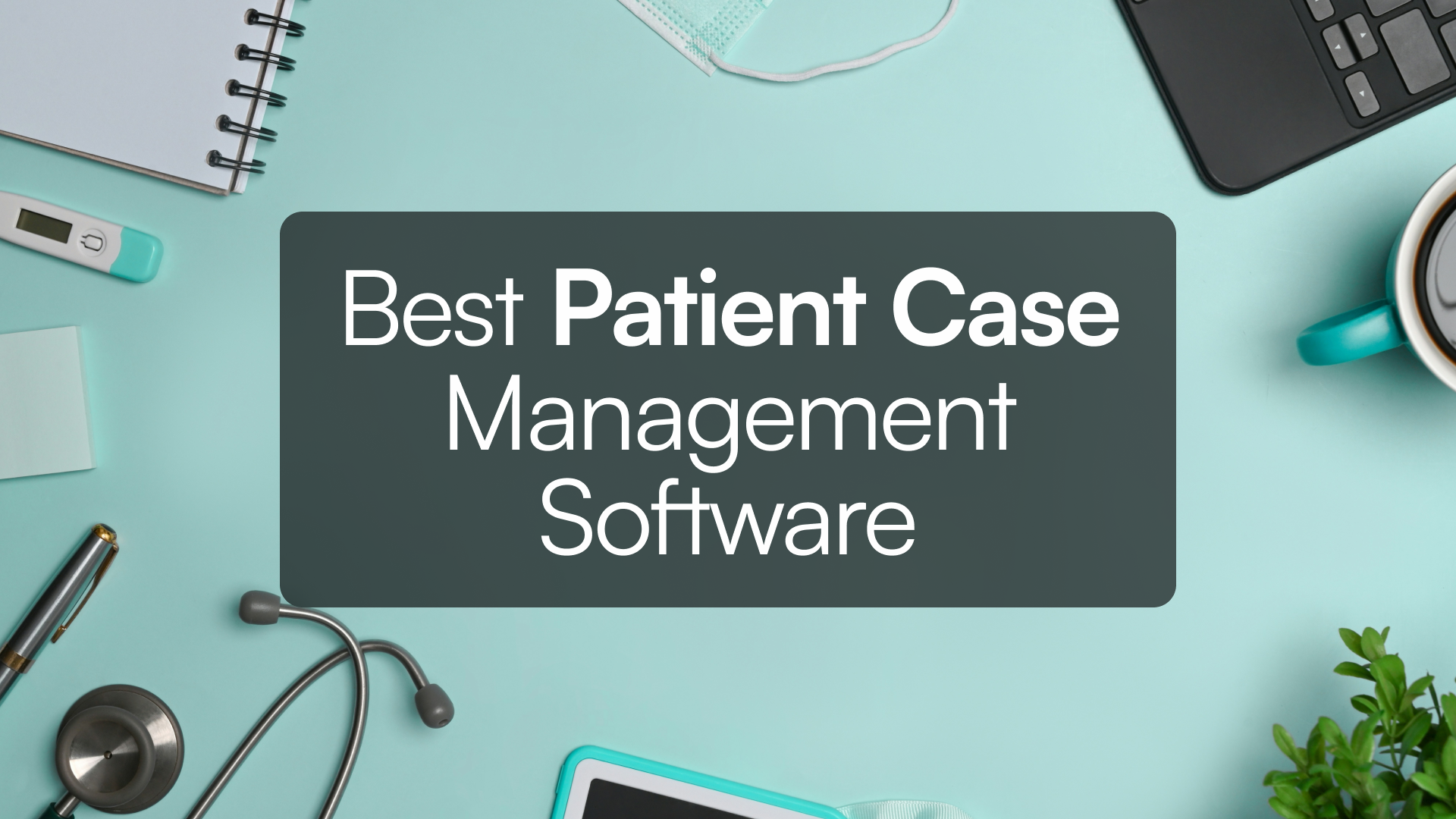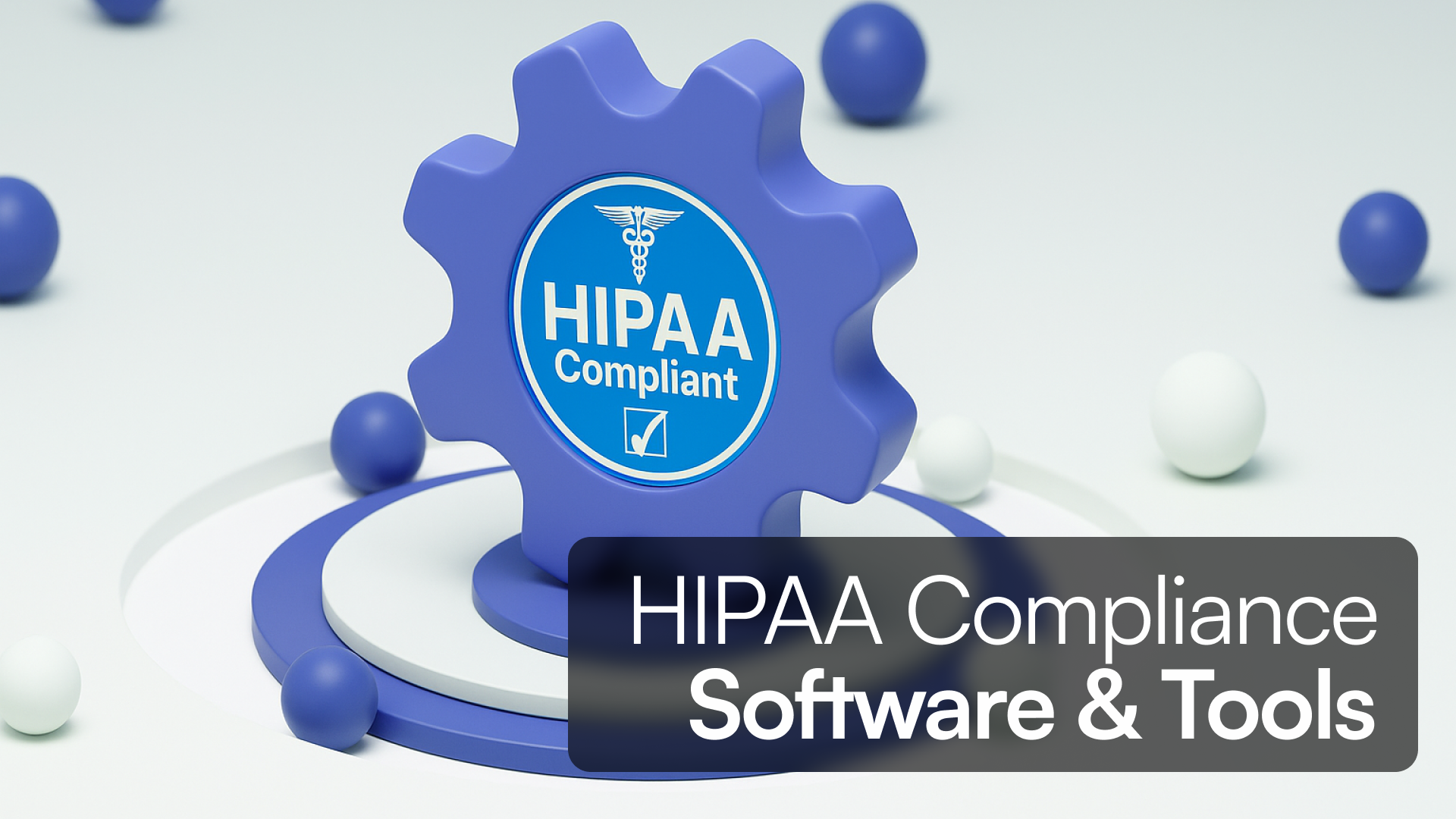Introduction
A technology roadmap is more than a plan—it’s your organization’s strategic guide to aligning technology initiatives with long-term business objectives. By clearly defining current systems, future goals, and the steps to bridge the gap, a roadmap ensures your investments deliver measurable results.
In this guide, you’ll learn:
-
What a technology roadmap is
-
Why it’s essential for success
-
How to create one step by step
-
Real-world examples and best practices
What Is a Technology Roadmap?
A technology roadmap is a visual plan that outlines the technological initiatives an organization will implement over a set timeframe. It connects business objectives to IT capabilities, helping stakeholders understand what’s being done, why, and when.
Types of Technology Roadmaps
Here are the most common types of technology roadmaps and their purposes:
| Type | Purpose | Example Initiatives |
|---|---|---|
| IT Systems Roadmap | Improve internal systems and operations | ERP upgrades, server migrations |
| Product Roadmap | Guide product development and launches | Feature rollouts, app integrations |
| Digital Transformation | Streamline workflows with innovative tools | CRM integration, marketing automation |
| Infrastructure Roadmap | Upgrade foundational systems and networks | Hybrid cloud adoption, cybersecurity upgrades |
Why Do You Need a Technology Roadmap?
A well-crafted technology roadmap offers numerous benefits:
-
Strategic Alignment: Ensures that IT projects support organizational goals.
-
Resource Optimization: Helps allocate budgets, personnel, and time effectively.
-
Clear Communication: Bridges the gap between technical teams and leadership.
-
Risk Mitigation: Anticipates challenges early, providing solutions upfront.
-
Adaptability: Offers flexibility to adjust priorities as markets evolve.
According to Gartner, companies with structured technology roadmaps are more likely to achieve business goals while avoiding redundancy and inefficiency.
How to Create a Technology Roadmap
1. Define Strategic Objectives
Identify your organization’s business goals. For example:
-
Enhance customer experience
-
Improve operational efficiency
-
Expand into new markets
These goals will form the foundation of your roadmap.
2. Assess Current Capabilities
Evaluate your existing systems, tools, and processes. Use tools like Lucidchart to map out your current technology stack and highlight gaps.
Example:
-
Current State: Manual workflows and legacy systems
-
Gap: Need for automation tools and cloud migration
3. Identify Gaps and Opportunities
Bridge the gap between your current state and future goals. If you aim to implement AI-driven analytics, assess whether your current data infrastructure can support it.
4. Prioritize Initiatives
Rank projects based on their impact, cost, and feasibility using prioritization frameworks like MoSCoW:
-
Must-Have: Essential for achieving goals (e.g., cloud migration)
-
Should-Have: Valuable but not critical (e.g., employee training tools)
-
Could-Have: Nice to have but not urgent (e.g., advanced reporting features)
-
Won’t-Have: Deprioritized for now
5. Develop the Roadmap
Create a visual roadmap that includes:
-
Key initiatives: Projects aligned with business goals
-
Timelines: Clear deadlines for each milestone
-
Dependencies: Projects that rely on others to progress
-
Milestones: Major progress points
Use tools like Aha! or ProductPlan to simplify roadmap creation.
6. Communicate and Refine
Present your roadmap to stakeholders for feedback. Collaboration ensures alignment and helps uncover potential blind spots.
7. Implement and Monitor
Execute your roadmap and track its progress using KPIs like:
-
ROI on technology investments
-
System uptime improvements
-
Increased project delivery rates
Adjust the roadmap as priorities or challenges evolve.
A Few Great Examples of Technology Roadmaps
1. IT Infrastructure Modernization
Purpose: Upgrade internal IT systems to reduce downtime and improve efficiency.
| Milestones | Timeline |
|---|---|
| Select cloud provider | Q1 |
| Migrate non-critical apps | Q2 |
| Transition critical systems | Q3 |
| Decommission legacy servers | Q4 |
Outcome: 30% cost reduction and 25% improved reliability.
2. Digital Transformation
Purpose: Drive agility with new tools and workflows.
| Milestones | Timeline |
|---|---|
| Deploy CRM and migrate data | Month 1–3 |
| Implement marketing automation | Month 4–6 |
| Roll out cybersecurity protocols | Month 7–12 |
Outcome: 15% sales productivity boost and stronger cybersecurity compliance.
3. Product Development
Purpose: Align technology investments with product launches.
| Milestones | Timeline |
|---|---|
| Upgrade backend for AI features | Q1 |
| Launch AI feature beta testing | Q2 |
| Release mobile app APIs | Q3 |
Outcome: Retention rates increase by 20%; app downloads grow by 10,000.
Best Practices for Technology Roadmaps
-
Collaborate Across Teams: Involve IT, operations, and leadership.
-
Focus on Flexibility: Adapt to new technologies or market changes.
-
Visualize Clearly: Use Gantt charts, timelines, or Kanban boards.
-
Update Regularly: Revise the roadmap quarterly to reflect progress.
Technology Roadmap vs. Product Roadmap
Key Differences
| Feature | Technology Roadmap | Product Roadmap |
|---|---|---|
| Purpose | Aligns IT capabilities with goals | Guides feature development and launches |
| Focus | Systems, tools, and processes | Features, user benefits, and UX |
| Audience | Internal IT teams and leadership | Product teams, sales, and customers |
How They Work Together
A product roadmap depends on a technology roadmap for foundational systems. For example:
-
A product feature like AI-driven recommendations requires cloud-based analytics, a key initiative in the technology roadmap.
Frequently Asked Questions
1. What is a technology roadmap, and why is it important?
A technology roadmap is a strategic document that outlines the IT initiatives an organization will undertake to align with business goals. It provides clarity on timelines, resources, and objectives. Its importance lies in its ability to:
-
Align technology investments with organizational priorities
-
Enhance resource allocation
-
Improve communication between technical and non-technical teams
-
Mitigate risks by identifying challenges early
2. Who is responsible for creating a technology roadmap?
The creation of a technology roadmap typically involves collaboration across multiple teams:
-
IT Leaders: Define technical capabilities and requirements.
-
Executive Teams: Align roadmap initiatives with overarching business goals.
-
Product Managers: Highlight dependencies between product features and technology needs.
-
Operations Teams: Ensure the feasibility of proposed changes. A designated project manager or roadmap owner often oversees this process to maintain alignment and track progress.
3. How does a technology roadmap differ from a product roadmap?
A technology roadmap focuses on systems, infrastructure, and tools that support the organization’s operational goals, while a product roadmap outlines the features, benefits, and timelines for developing customer-facing products.
| Feature | Technology Roadmap | Product Roadmap |
|---|---|---|
| Purpose | Align IT with business goals | Guide feature development |
| Audience | IT teams, operations, executives | Product managers, marketing, sales |
| Examples | Cloud migration, ERP upgrades | New app features, UX improvements |
4. How often should a technology roadmap be updated?
Technology roadmaps should be reviewed and updated at least quarterly. Regular updates ensure:
-
Alignment with changing business goals
-
Incorporation of new technological trends
-
Accurate tracking of completed milestones and dependencies Additionally, significant organizational changes, such as mergers or shifts in market strategy, may warrant immediate updates.
5. What tools are best for creating a technology roadmap?
Popular tools for building and managing technology roadmaps include:
-
Aha!: Comprehensive roadmap planning and visualization.
-
Lucidchart: Visual mapping and diagramming.
-
ProductPlan: Collaborative roadmap development.
-
Jira: For tracking roadmap initiatives and technical dependencies. Each tool offers unique features, so selecting the right one depends on your organization’s size, complexity, and specific needs.
6. What should be included in a technology roadmap?
A technology roadmap should include the following components:
-
Key Initiatives: Specific projects or upgrades (e.g., migrating to the cloud).
-
Timelines: Clear deadlines for each phase.
-
Milestones: Significant progress points.
-
Dependencies: Projects reliant on others to move forward.
-
KPIs: Metrics for measuring success, such as ROI or uptime improvements.
7. How do I prioritize initiatives in a technology roadmap?
Prioritizing initiatives involves evaluating them based on:
-
Business Impact: Projects that directly support strategic goals take precedence.
-
Cost and Feasibility: Assess budget requirements and technical complexity.
-
Urgency: Address critical systems or compliance requirements first.
-
Frameworks: Use prioritization frameworks like MoSCoW (Must-Have, Should-Have, Could-Have, Won’t-Have) for clarity.
8. What are the risks of not having a technology roadmap?
Without a technology roadmap, organizations face risks such as:
-
Misaligned Priorities: IT projects that don’t contribute to business goals.
-
Wasted Resources: Redundant or low-value initiatives.
-
Poor Communication: Gaps between technical teams and leadership.
-
Reduced Agility: Difficulty adapting to new market opportunities or challenges.
9. Can small businesses benefit from a technology roadmap?
Yes, small businesses can significantly benefit from a technology roadmap. By clearly defining their technological needs and goals, they can:
-
Optimize limited resources
-
Avoid costly mistakes
-
Identify affordable tools that align with business growth Even a simplified roadmap with short-term goals can help small businesses stay competitive and future-ready.
10. How can a technology roadmap support digital transformation?
A technology roadmap is essential for digital transformation as it:
-
Outlines the steps to adopt new tools and processes
-
Ensures scalability and integration of new technologies (e.g., AI, IoT, CRM systems)
-
Highlights dependencies, such as upgrading infrastructure to support cloud migration
-
Tracks measurable outcomes like increased productivity or enhanced customer experience
11. How do you measure the success of a technology roadmap?
Key metrics for evaluating the success of a technology roadmap include:
-
ROI: Return on investment from IT initiatives.
-
System Uptime: Reduced downtime after infrastructure upgrades.
-
Project Completion Rates: Percentage of milestones achieved on time.
-
User Satisfaction: Feedback from stakeholders or customers on implemented changes.
-
Efficiency Gains: Reduced operational costs or time savings due to automation.
12. What are the biggest challenges in creating a technology roadmap?
Common challenges include:
-
Stakeholder Misalignment: Ensuring all departments agree on priorities and timelines.
-
Resource Constraints: Balancing budget limitations with ambitious goals.
-
Changing Priorities: Adapting the roadmap to evolving market demands.
-
Complex Dependencies: Managing initiatives reliant on other projects. Overcoming these challenges requires cross-team collaboration, iterative updates, and the use of flexible tools.
13. How do technology roadmaps align with business goals?
Technology roadmaps align IT initiatives with business goals by:
-
Mapping specific projects (e.g., cloud migration) to strategic objectives (e.g., scalability).
-
Ensuring resource allocation aligns with key priorities.
-
Offering a framework to track progress and measure success relative to business metrics.
Optimize Your Technology Planning
This detailed FAQ section equips you with the insights to better understand, create, and optimize your technology roadmap. Whether you're a small business or an enterprise, these answers provide clarity to make informed decisions and stay competitive.
Start building your roadmap today with Tadabase.
Conclusion
A technology roadmap is a strategic asset that helps your organization stay ahead by aligning IT initiatives with business objectives. By following this guide, you can create a roadmap that drives efficiency, innovation, and measurable success.
Start building your roadmap today with Tadabase.







